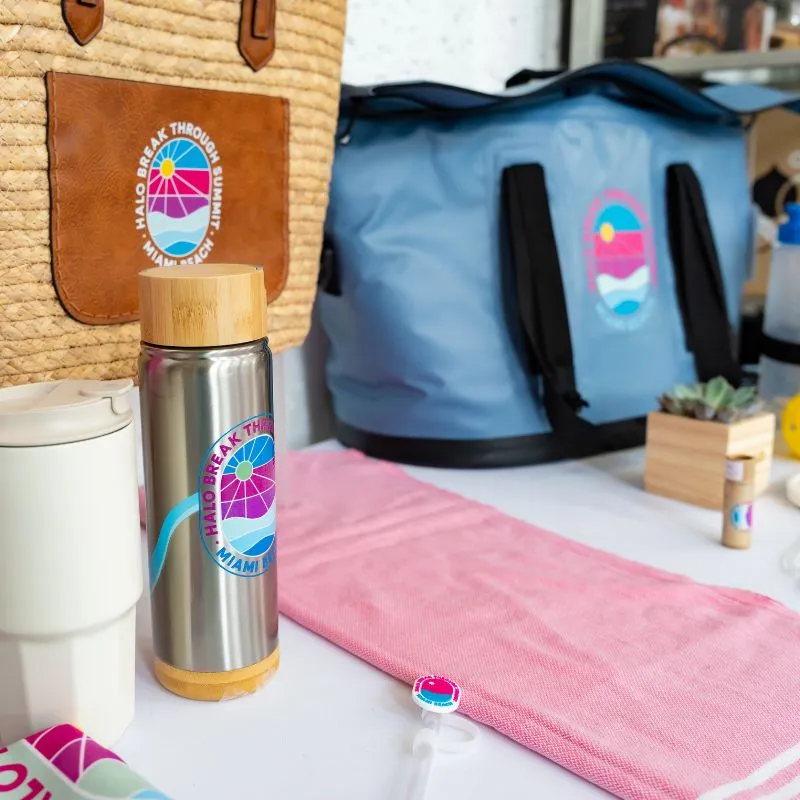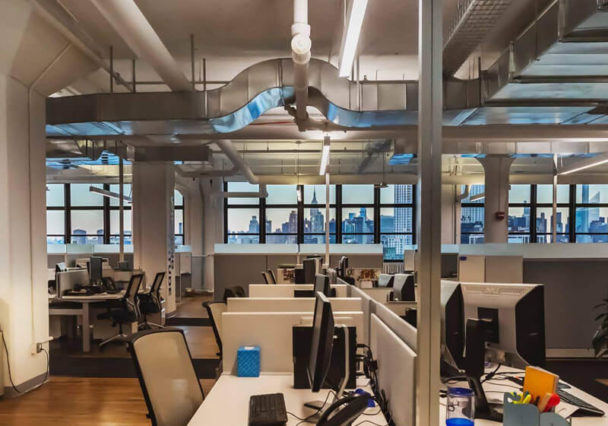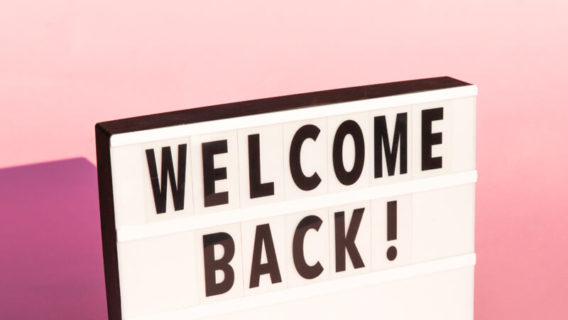Summary
Whatever happens, the 9-5 office routine may never be same again. Many organizations are already adjusting to fully remote workforces.
Getting back to work amid an ongoing pandemic is becoming a reality in several areas around the world like in China and New Zealand, and even in some US states. Companies are proceeding with caution as there are still several question marks remaining about employee safety and economic stability.
Forever Changed
Whatever happens, the 9-5 office routine may never be same again. Many organizations are already adjusting to fully remote workforces, and even the most optimistic coronavirus predictions expect public health restrictions and additional safeguards to remain in place in some form or another until mass testing in the US becomes a reality and/or a viable treatment is found.
However, we are starting to get a picture of what going back to work might look like, based on the plans and strategies being used by several organizations and local governments. There are at least 5 ways we can be sure the office will change when we’re back to work:
- Remote Work Boom – Global Workplace Analytics estimates that “25-30% of the workforce will be working-from-home multiple days a week by the end of 2021.” Telework was already growing rapidly before the pandemic, yet many companies resisted it. The pandemic has laid bare the irony of showing up to the office in an age where telework is easier than ever. Don’t be surprised if many positions stay remote, as organizations realize they can’t walk away from the benefits.
- Employee Safety and Wellbeing – PPE products like masks, gloves, and hand sanitizer will become essential items for any group settings for the foreseeable future, especially for industries that require regular interaction with the public. As companies make their back to work plans, there is a major focus on securing reliable vendors to fulfill PPE and safety items for their employees.
- Empathetic Culture – Appreciation and open communication will be essential to getting things up and running when we return to work. Toxic work cultures will make recovering from a crisis more difficult for everyone, something we all knew before the outbreak. Businesses will need to redouble their efforts on getting gratitude right in the workplace, ensuring employees feel welcomed, safe, and recognized for their personal sacrifices.
- New Office Layouts – For employees that do have the occasion to return to their offices, experts generally agree that some social distancing protocols will still be in play. Many offices are preparing by remodeling, creating layouts that encourage safe behaviors and include visual cues for 6-foot personal bubbles. These considerations will be a new part of the employee experience and may be a good idea overall for holistic health regardless.
- Child/Eldercare Considerations – As of now, some offices and business may be re-opening, but school closures and eldercare restrictions may continue into the Fall. Current restrictions have forced many employees to provide 24/7 care to children and loved ones on top of their existing job duties, an unsustainable and stressful arrangement. Organizations will have to be much more sensitive to work/life balance and give employees plenty of latitude at a time when they are being asked to do much more with even less support.
The Future is Bright
As the dust continues to settle around the pandemic, uncertainty remains about what getting back to work means in a post-Coronavirus world. But this isn’t something to be met with apprehension. Our definition of work has always evolved and grown in response to societal upheaval and major world events. We all must focus on making every place we gather safe and healthy, not just at work, but in our personal lives as well. Virus or no virus, those are admirable goals that put us all in a position to recover faster.
Looking for back to work ideas and inspiration? We can help Contact Us









